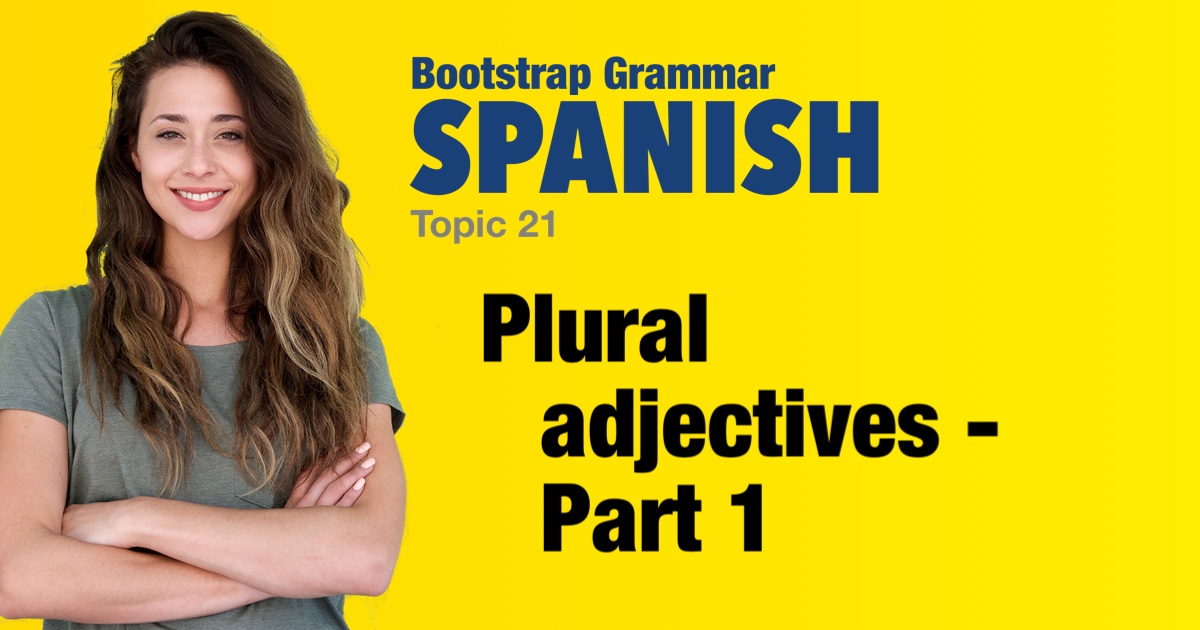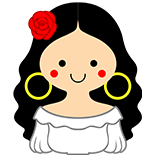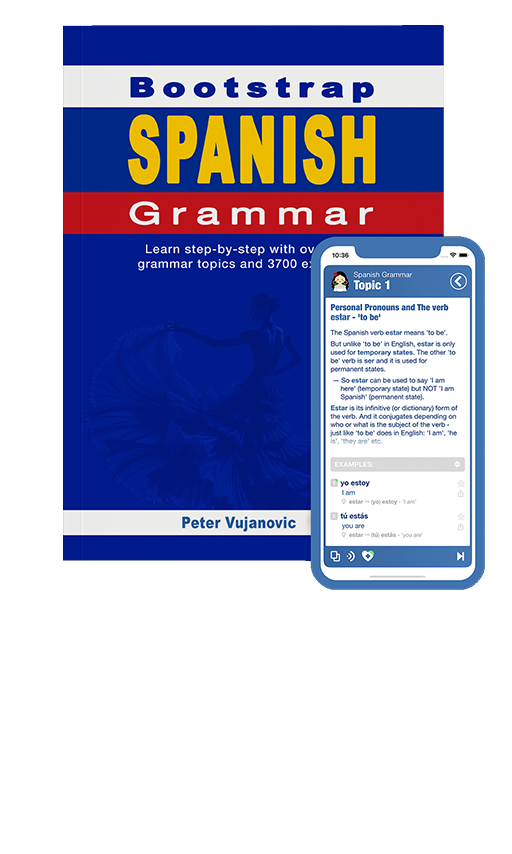Spanish grammar - Plural adjectives - Part 1 |
|||
|
|||
Forming plural adjectives is similar to forming the plurals of nouns. For those adjectives whose masculine form ends with -o: • -o ⇒ -os for masculine plural; and • -o ⇒ -as for feminine plural. |
| Examples: | |
|
Los edificios son altos.
The buildings are tall.
|
|
|
Las torres son altas.
The towers are tall.
|
|
|
Los niños son bajos.
The boys are short. |
|
|
Las niñas son bajas.
The girls are short. |
|
|
Las revistas son viejas.
The magazines are old.
|
|
|
Los cuadros son bonitos.
The pictures are pretty.
|
|
|
Las pinturas no son bonitas.
The paintings are not pretty.
|
|
|
Los monstruos son feos.
The monsters are ugly.
|
|
|
Las brujas son feas.
The witches are ugly.
|
|
|
¿Los coches son rápidos?
Are the cars fast?
|
|
|
¿Las bicicletas son rápidas?
Are the bicycles fast?
|
|
|
Los trenes no son lentos.
The trains are not slow.
|
|
|
Las tortugas son lentas.
The turtles are slow.
|
|
 |
|


 masculine form
masculine form 
